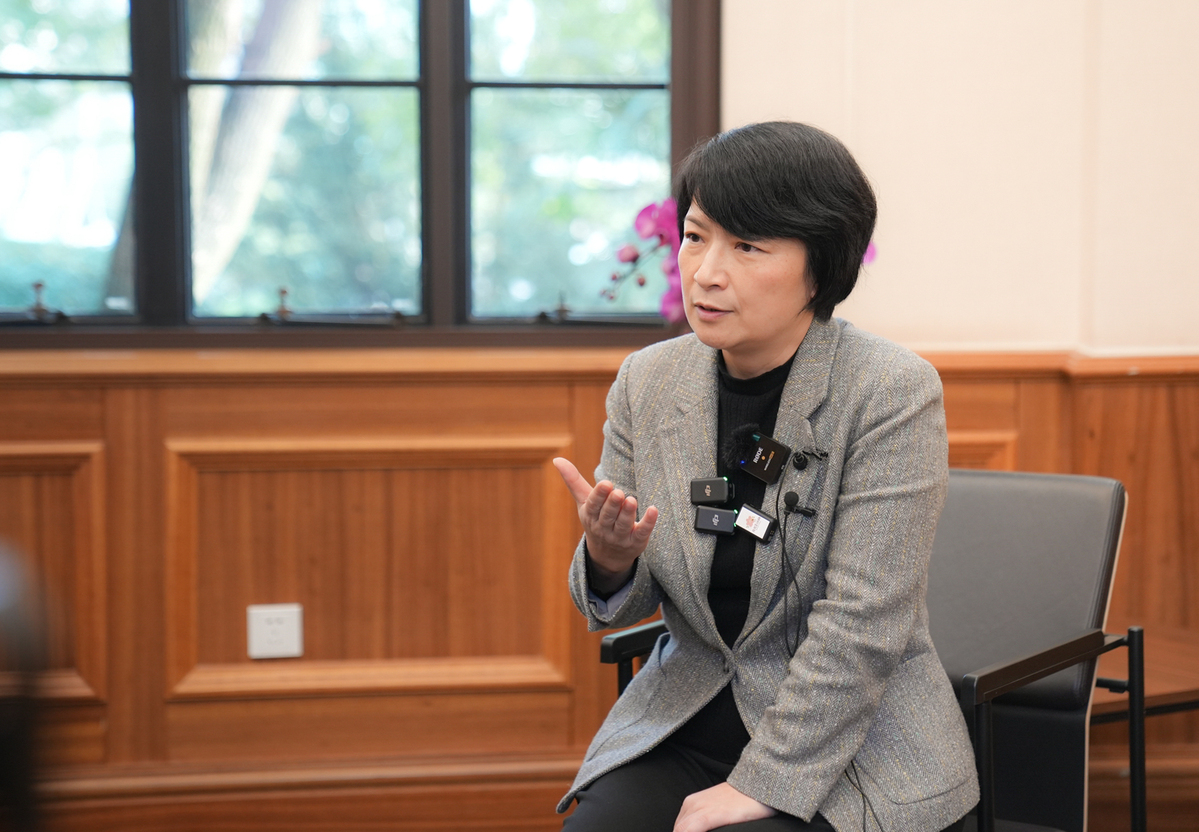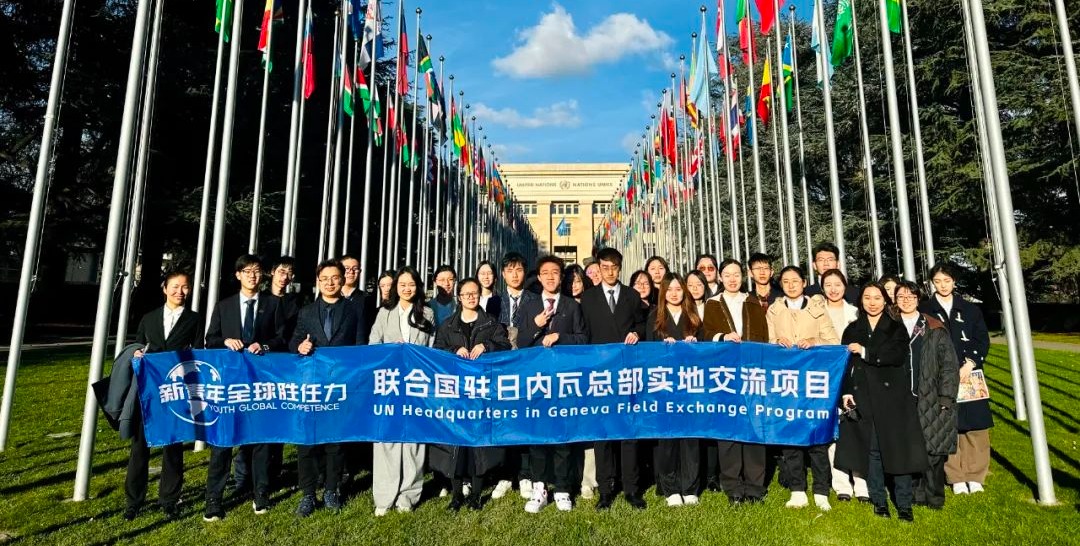An ECNU research team led by Prof. Xu Lin with the School of Chemistry and Molecular Engineering has made a major breakthrough in supramolecular fluorescence regulation.
The researchers used the precise control strategies of photo-induced electron transfer (PET) and intramolecular charge transfer (ICT) to overcome the adverse impact of heavy-metal coordination and assembly on fluorescence quenching. The increase in post-assembly fluorescence quantum efficiency and amplified-wavelength displacement was also studied.

The research breakthrough has been published in the Nature Communications.
This research provides a theoretical basis for the design and construction of hyper fluorescence quantum efficiency and supramolecular fluorescent metal assemblies with wide-range emission. The essay about the finding Switchable organoplatinum metallacycles with high quantum yields and tunable fluorescence wavelengths” has been published in the Nature Communications.
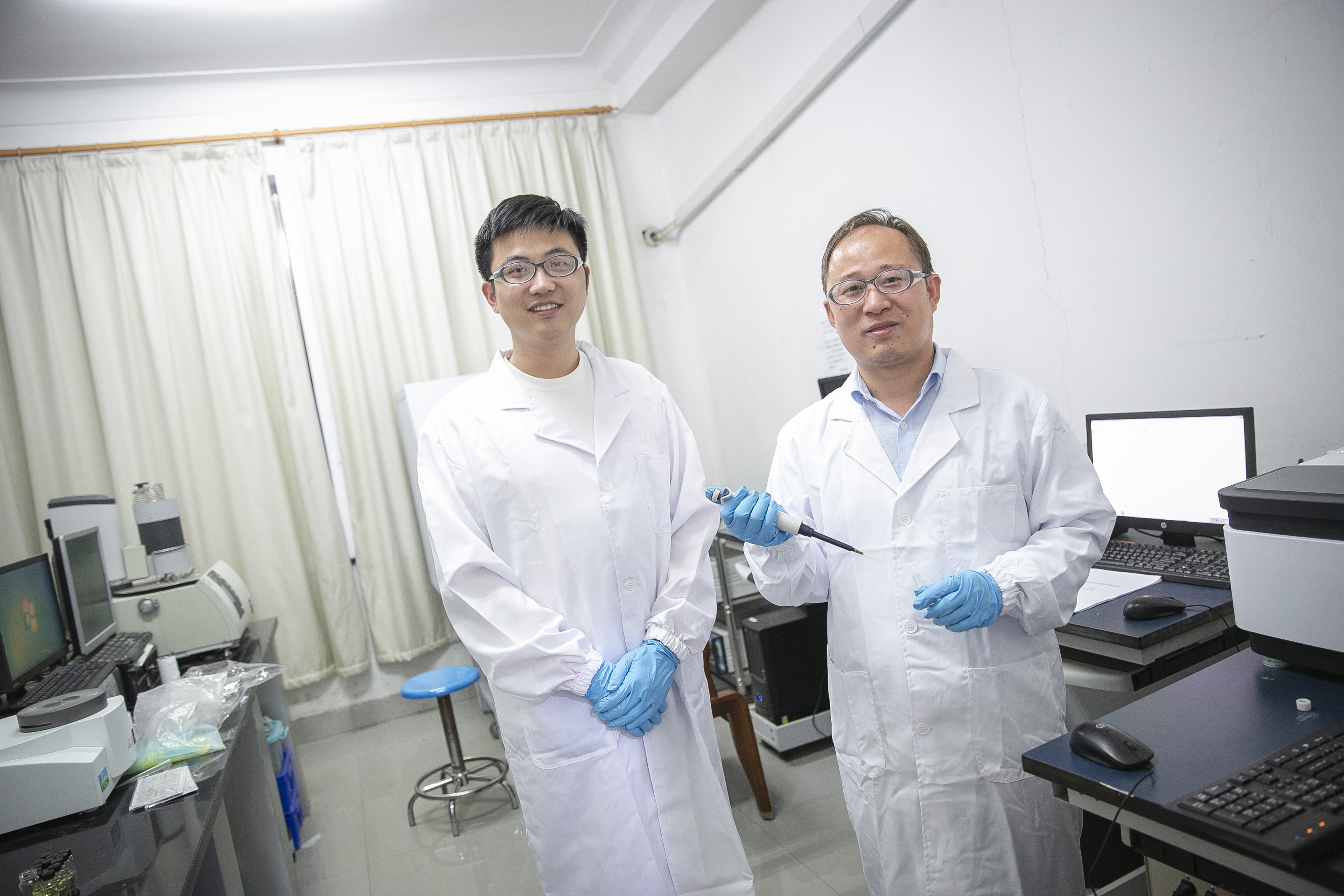
ECNU doctoral student Zhu Junlong and Prof. Xu.
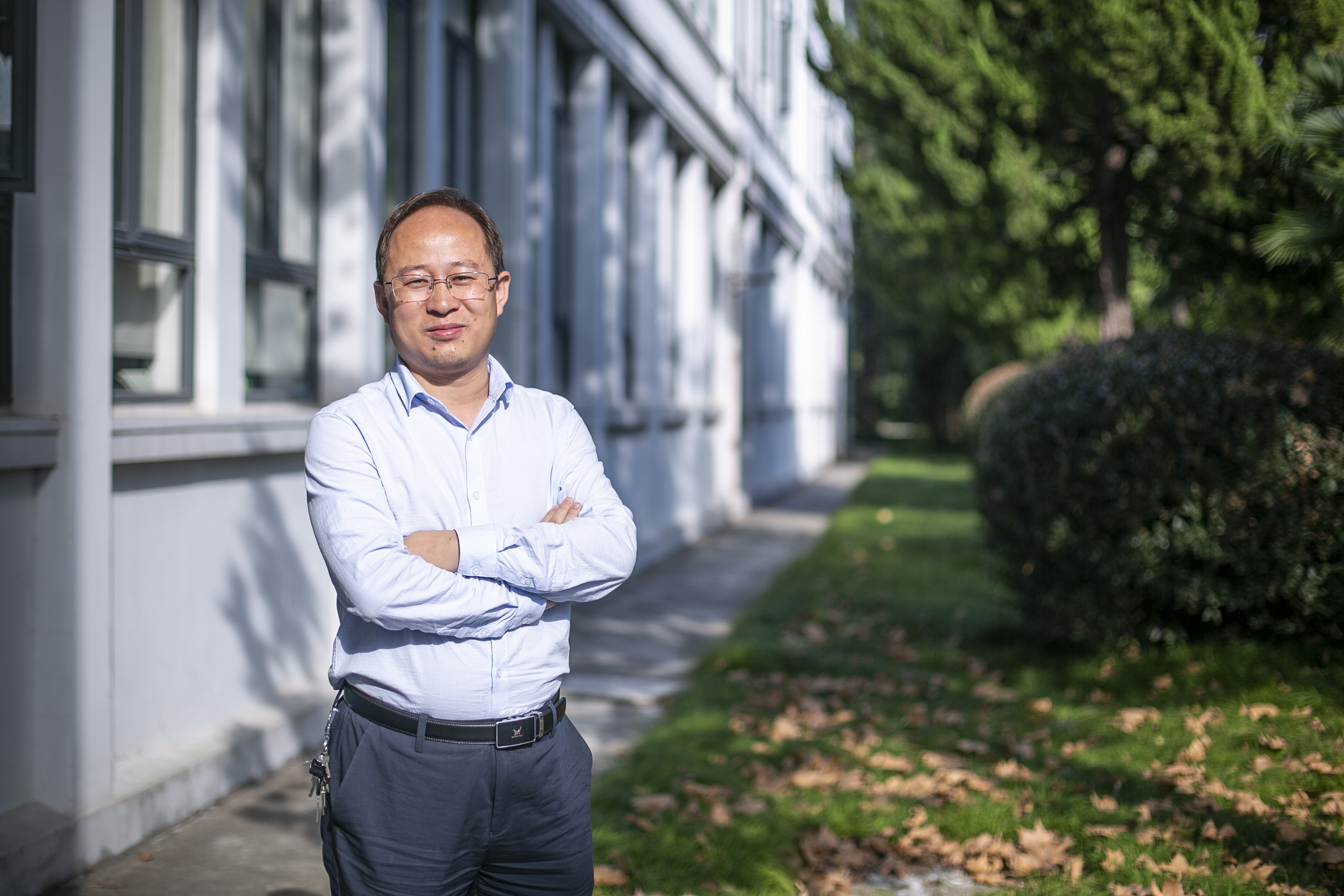
Prof. Xu Lin.
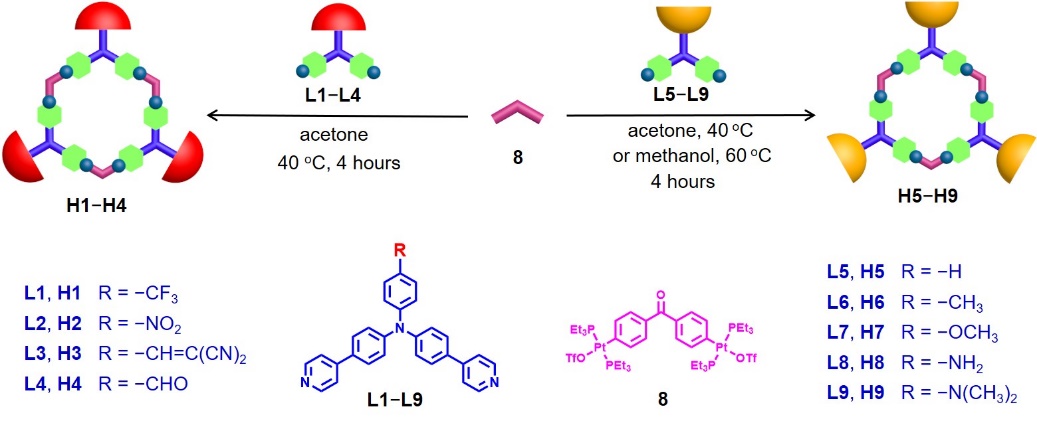
The structure of photo-induced electron transfer (PET) and intramolecular charge transfer (ICT).
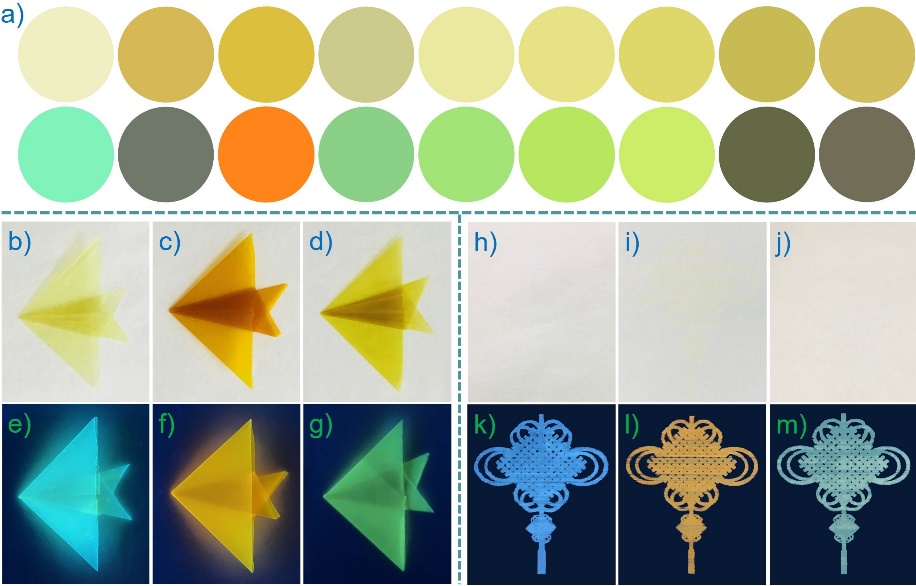
Breakthrough is made in molecular research on supramolecular fluorescence regulation.
ECNU doctoral student Zhu Junlong is the first author while Prof. Xu Lin and his colleague Yang Haibo are co-authors of the work. ECNU has first author affiliation and only-corresponding author affiliation. The research was supported by Chen Jinquan and Sun Haitao with the State Key Lab for Precision Spectroscopy, who contributed to the part of the study on spectrum and theoretical calculations.
Read more at: https://www.nature.com/articles/s41467-019-12204-7
Edited by Linlan Zhang Proofread by Joshua Mayfield Reviewed by Wenjun Guo



